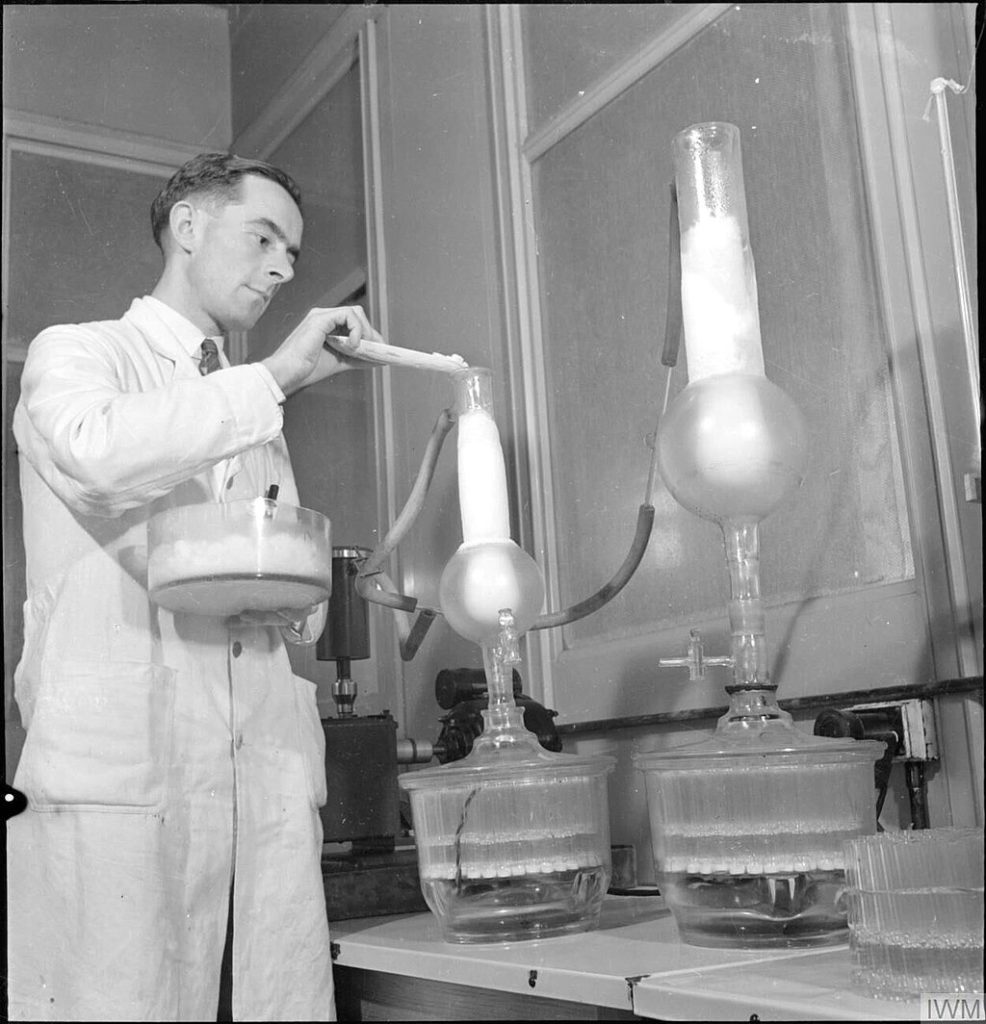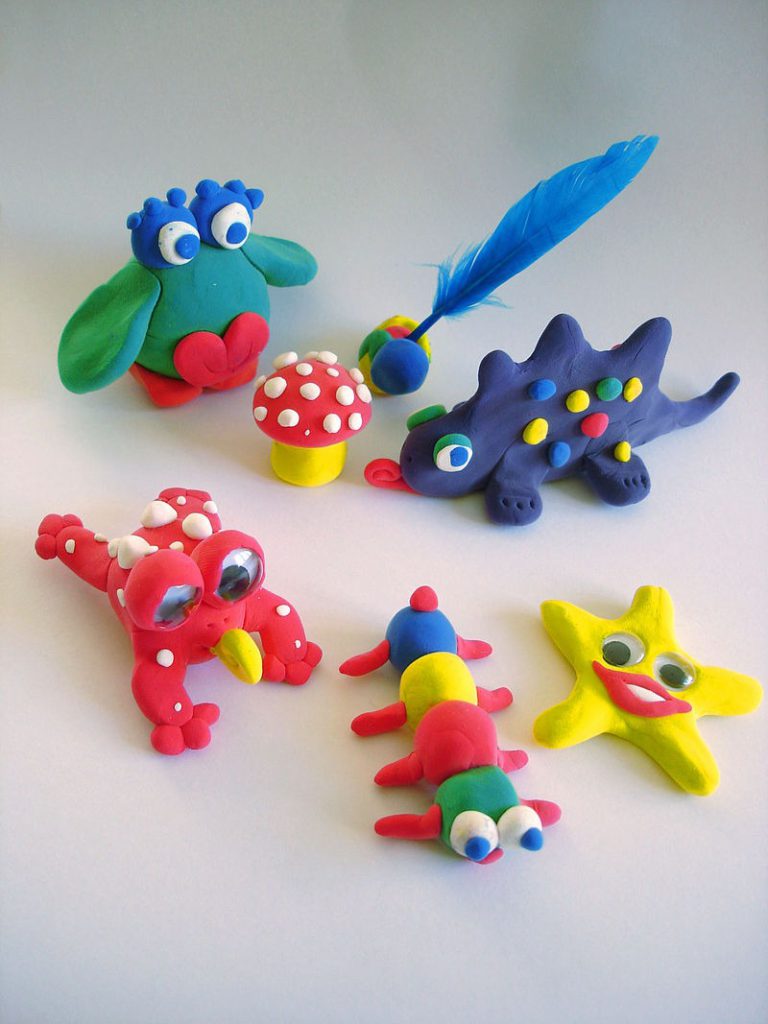
Necessity might be the mother of invention, but sometimes dumb luck plays an even bigger role. World-changing tech often begins as total accidents, proving that stumbling around in the dark occasionally sparks genius. From kitchen must-haves to life-saving innovations, these stories reveal how curiosity and chaos unlock the future. Sometimes the best inventions are born from sweet, melty accidents.
9. Microwave Oven

From military radar to reheated pizza, this kitchen staple transformed how America eats.
It all began in 1945, when Percy Spencer, fiddling with radar tech at Raytheon, watched his chocolate bar melt. This “oops” moment led to deliberately nuked popcorn and eggs, paving the way for the first commercial microwave: the 6-foot Radarange.
Fast forward to the ’90s, where 9 out of 10 American homes had one. Microwaves didn’t just cook; they time-traveled leftovers back to life. Now busy professionals can zap lunch faster than they can book a therapy appointment.
8. Post-it Note

When weak glue became the office world’s most indispensable tool.
Spencer Silver, a 3M scientist, wondered what to do when his “low-tack” adhesive failed to stick properly. Initially, colleagues gave it the side-eye because what’s the point of glue that barely glues?
That weak sauce became the Post-it note when someone at 3M realized it could mark pages in a hymn book without damage. Now over 50 billion of these little rectangles are produced annually, making them more indispensable than your boss thinks he is.
7. Penicillin

Alexander Fleming’s messy lab habits accidentally saved millions of lives.
Before antibiotics, about 90% of people with bacterial pneumonia died; now you might not even miss a day of work. Enter Alexander Fleming, whose lab habits would make even frat bros cringe—unwashed petri dishes turned out to be humanity’s saving grace.
A mold, Penicillium notatum, contaminated a dish, and Fleming noticed it could kill germs. Doctors in the 1940s started prescribing penicillin to save soldiers’ lives. Suddenly infections weren’t automatic death sentences, more like annoying pop-up ads that could be swatted away.
6. Potato Chip

One chef’s spite created America’s favorite snack food.
Culinary innovation sometimes arrives kicking and screaming. Back in 1853, Cornelius Vanderbilt found the fried potatoes subpar at Moon’s Lake House in Saratoga Springs, NY. Chef George Crum, annoyed, sliced some potatoes paper-thin to spite the customer and fried them to a crisp.
Vanderbilt loved them. Potato chips became a hit—proving you can turn a customer complaint into a culinary goldmine. The snack was mass-produced by the 1920s, reaching every corner store from sea to greasy sea.
5. Popsicle

An 11-year-old’s forgetfulness created the perfect summer treat.
Remember sticky fingers and sun-soaked afternoons? In 1905, 11-year-old Frank Epperson left a mix of soda powder and water outside overnight. The frosty result wasn’t just a brain freeze waiting to happen—it was pure genius.
Epperson originally patented his creation as the “Epsicle.” Fast forward nearly two decades, and his kids rebranded it with a name that stuck better than syrup on a toddler: the Popsicle. Sometimes a little forgetfulness on a cold night is all you need.
4. X-Ray

Wilhelm Röntgen’s glowing screen revolutionized medicine overnight.
Before X-rays, if you swallowed a key, doctors were basically playing “Operation” blindfolded. In 1895, Wilhelm Röntgen, working with cathode rays, noticed a screen glowing nearby. Those rays could pass through almost anything.
His breakthrough peaked when he X-rayed his wife’s hand. Boom: bones on film. Hospitals worldwide adopted the tech quicker than you can say “medical breakthrough.” Now docs could see inside you without the messy business of cutting you open.
3. Play-Doh

From wallpaper cleaner to childhood staple in one brilliant pivot.
Originally Play-Doh wasn’t destined for kids’ art projects but for cleaning wallpaper. The putty-like substance was marketed as a solution to grimy walls, but it wasn’t exactly flying off the shelves—kind of like those kitchen gadgets advertised at 2 a.m.
The plot twist came when heating systems evolved, making the cleaning product obsolete. A teacher then suggested using it as a modeling compound, turning it into a toy sensation. Over 900 million pounds has been sold worldwide—a transformation as impressive as any rom-com glow-up scene.
2. Superglue

Harry Coover’s “failed” experiment became the ultimate quick fix.
Harry Coover invented superglue in 1942 while trying to make clear plastic gun sights during the war, but he shelved the super-sticky stuff as a total failure. Imagine inventing something that bonds in seconds and thinking, “Nah, useless.”
In 1951, Coover rediscovered his creation and realized it could bond materials without heat. It also worked wonders closing battlefield wounds—talk about a sticky situation saving lives. Now it fixes everything from broken vases to rogue fingernails.
1. Velcro

A dog walk and some clingy burrs inspired space-age fastening technology.
Ever wonder how astronauts keep their gear from floating away in zero gravity? Thank a Swiss engineer’s dog walk and some seriously clingy burrs. In 1941, George de Mestral noticed those annoying seed pods stuck to his trousers and his dog’s fur.
Upon microscopic inspection, he saw the burrs’ tiny hooks snagging on fabric loops. This inspired Velcro, the hook-and-loop fastener so reliable that Apollo astronauts used it in their spacesuits. A tiny piece of nature’s ingenuity helped put a man on the moon.
Last modified: November 11, 2025







